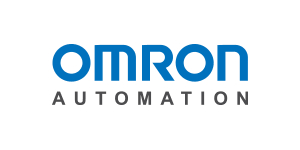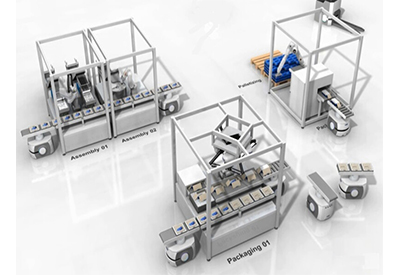How IO-Link Improves Predictive Maintenance and Speeds Up Sensor Reconfiguration by Omron

June 16, 2022
One of Omron’s main focuses with respect to sensor innovation is to incorporate more “intelligence” – that is to say, more ways to gather meaningful data – into their latest sensor lines. Smarter sensors mean better insights into what’s really going on at the machine level, and these insights lead to better decision-making and less downtime. Setup, predictive maintenance, and reconfiguration are all great ways to use IO-Link. In this blog , Omron takes a look at what IO-Link is and how you can use this powerful protocol in your applications.
What is IO-Link?
IO-Link is an open-network point-to-point communications protocol. IO-Link-enabled sensors communicate to master devices through IO-Link based on a certain standard, and from there on, they’re open-network to whatever fieldbus protocol you’re using. The international standard used by IO-Link is IEC 61131-9.
IO-Link allows you to pull a greater variety of information out of discrete sensors that would normally just tell you whether they’re on or off. The protocol was started by a consortium of different companies involved in automation who wanted a standard, open-network solution for getting more information out of I/O spread throughout the factory floor.
Employing IO-Link for predictive maintenance and better troubleshooting
Lots of early IO-Link adopters found value in the protocol for real-time condition monitoring and predictive maintenance. If you’re operating in a weld environment, for example, and slag is starting to cake onto your proximity sensor, the IO-Link functionality can tell you the detection strength so the sensor can be cleaned before the slag causes false trips.
If you’ve got dozens of sensors on your line, and you’re starting to notice a sensor-related quality issue, using IO-Link means that you don’t need to stop the line and inspect each sensor individually. A quick check will tell you which I/O port has a down sensor on it.
Trying to reduce downtime in your plant? Check out Omron’s predictive maintenance solutions portfolio by clicking here
Supporting flexibility and scalability with faster reconfiguration
Given the market pressures driving manufacturing today, many facilities are producing multiple different parts on the same production line. This creates a need for scalable technologies that support faster changeovers. IO-Link addresses this need by speeding up sensor reconfiguration and helping a smaller team do more with their time.
With some of Omron’s newer IO-Link sensors, you can set different levels that you want them to output at. If one sensor gets broken, you simply replace it, and your IO-Link master can push the configuration to that sensor. You don’t have to waste a bunch of time reconfiguring the whole thing.
Want to start gathering more meaningful data from your sensors? Discover Omron’s IO-Link series by clicking here





